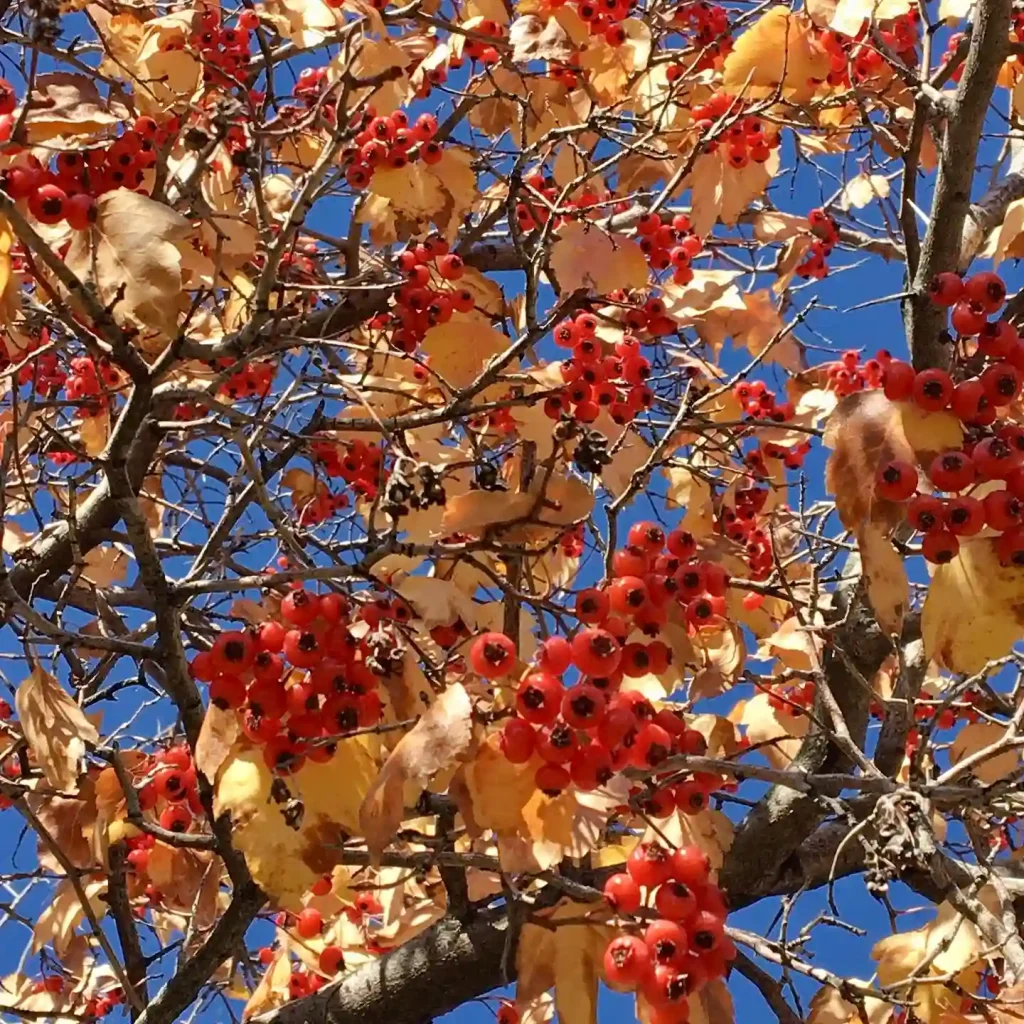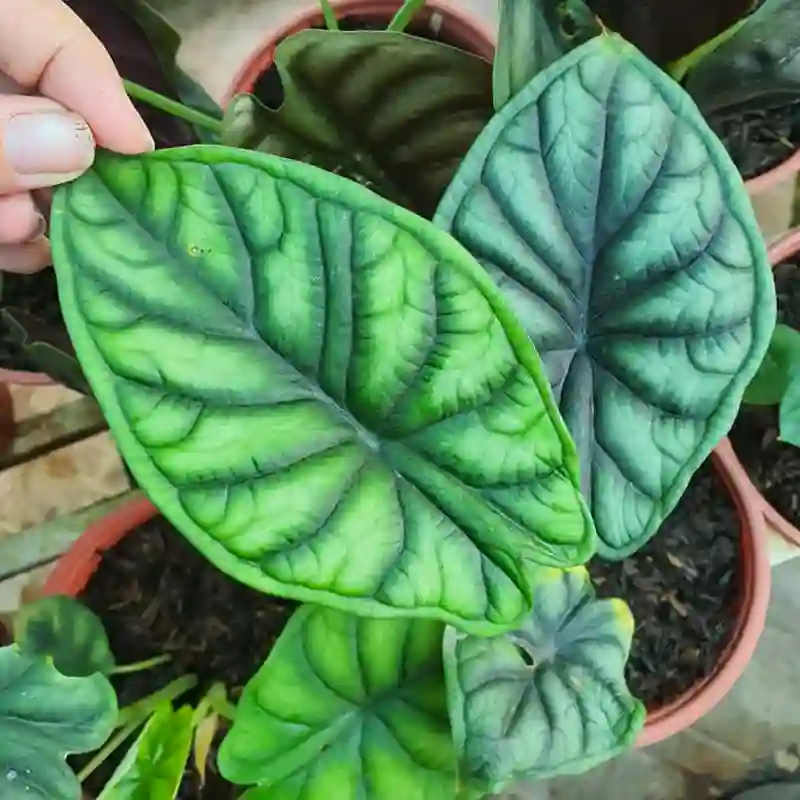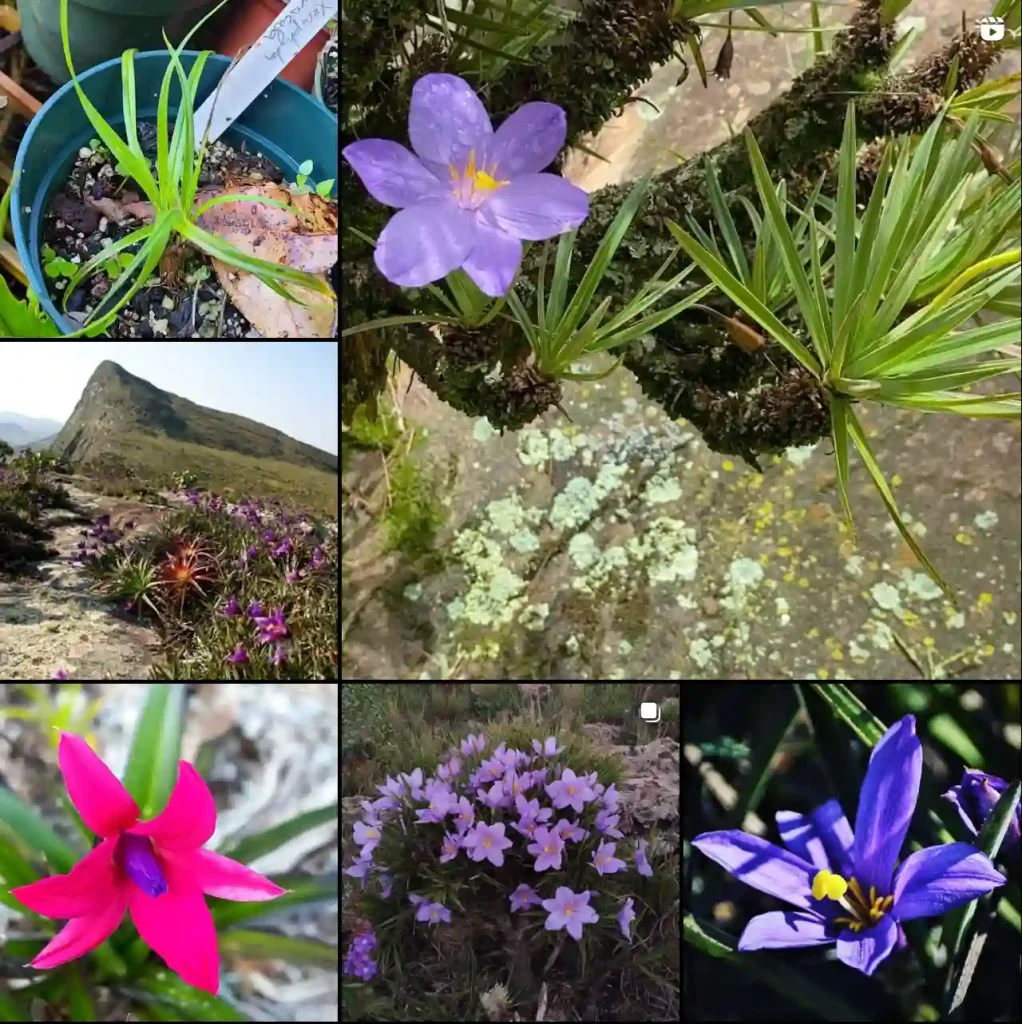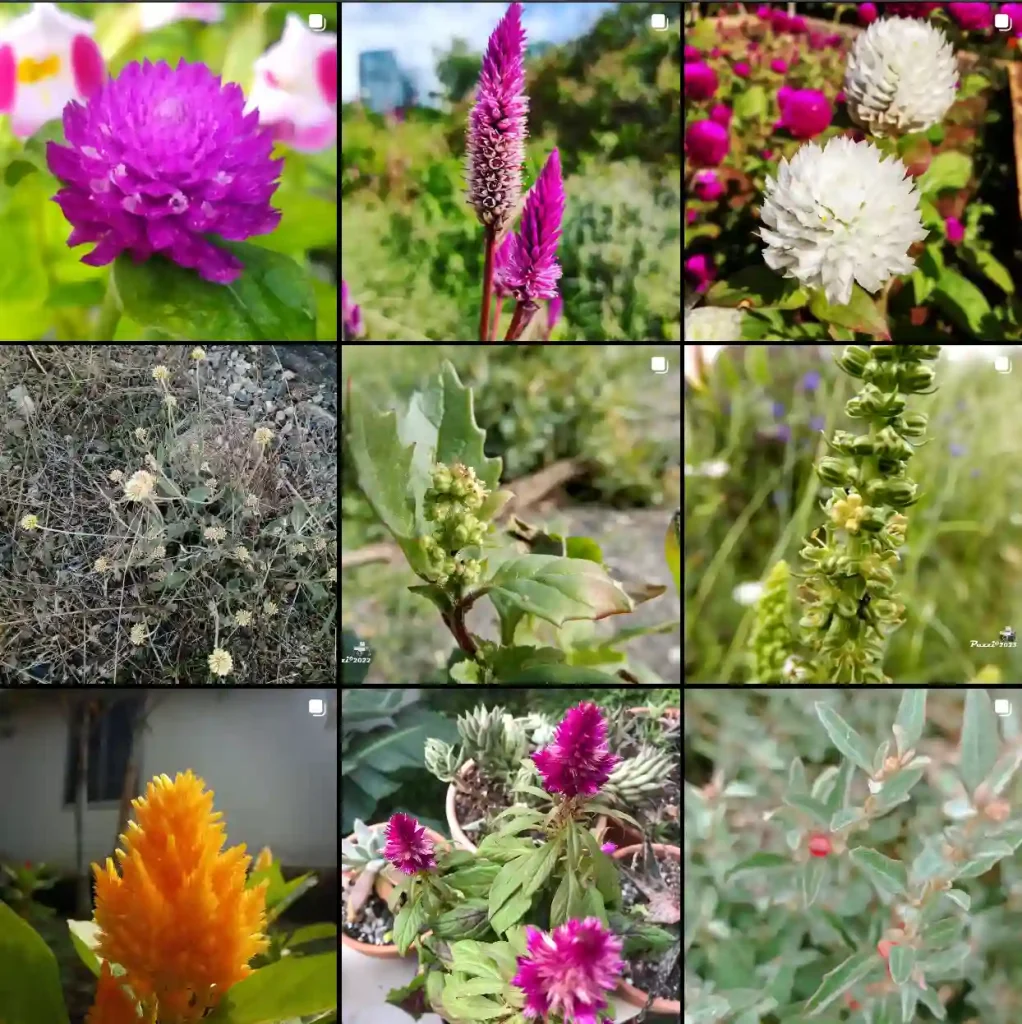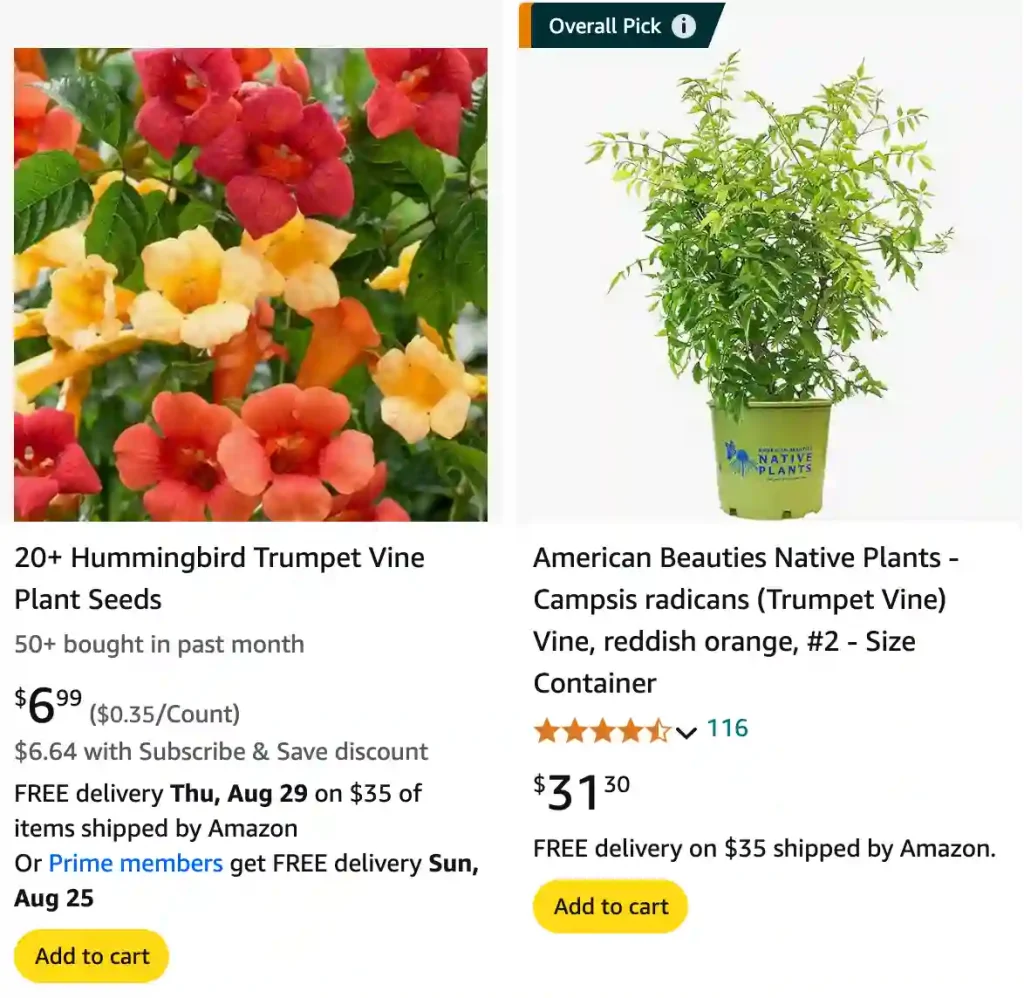
FAQs About Trumpet Vine: Everything You Need to Know
Trumpet Vine, or Campsis Radicans, is a striking plant known for its vibrant, trumpet-shaped flowers and vigorous growth. Having grown and cared for this plant, I’ve encountered various questions and concerns from fellow gardeners. Here’s a comprehensive guide to some of the most frequently asked questions about Trumpet Vine.
Do Deer Eat Trumpet Vine?
In my experience, Trumpet Vine isn’t a favorite of deer. Its strong, sometimes toxic foliage tends to deter these herbivores. If deer are a frequent problem in your garden, you can feel somewhat safe planting Trumpet Vine, although it’s always a good idea to use additional deterrents to keep your garden secure.
How to Propagate Trumpet Vine in Water
Propagating Trumpet Vine in water is an interesting process, but it’s not the most efficient method. To do it, take cuttings of about 6 inches from a healthy plant, remove the lower leaves, and place them in a container of water. Change the water regularly to keep it clean. Roots will start to form in a few weeks. However, I’ve found that propagating in soil or using a rooting hormone tends to be more successful and faster.
Is Trumpet Vine Toxic to Dogs?
Yes, Trumpet Vine is considered toxic to dogs. While the toxicity isn’t usually severe, ingestion of the plant can lead to mild gastrointestinal upset. If your dog eats part of the plant, it’s a good idea to contact your veterinarian for advice, especially if you notice any unusual symptoms.
What Do Trumpet Vine Seeds Look Like?
Trumpet Vine seeds are quite distinctive. They resemble small, flattened pods with a papery outer covering. The seeds themselves are small and oval-shaped, encased in a light brown or tan shell. If you’re interested in collecting seeds, wait until the pods turn brown and dry before harvesting.
Can You Root Trumpet Vine in Water?
As I mentioned earlier, rooting Trumpet Vine in water is possible but not the most effective method. For best results, use a well-draining potting mix and a rooting hormone. This method generally provides better support and encourages more vigorous root growth.
Why Doesn’t My Trumpet Vine Bloom?
If your Trumpet Vine isn’t blooming, there are a few potential reasons. First, the plant may need more sunlight. Trumpet Vine thrives in full sun and will produce more flowers with adequate exposure. Secondly, the plant might be too young or not yet mature enough to flower. Lastly, consider checking the soil conditions and nutrient levels. Over-fertilization, especially with high nitrogen, can lead to lush foliage but fewer blooms.
Can Goats Eat Trumpet Vine?
Goats are known for their indiscriminate eating habits, and Trumpet Vine is no exception. However, like with deer, goats typically avoid it because of its somewhat toxic nature. It’s still best to keep Trumpet Vine away from goats to ensure they don’t consume it and potentially experience any adverse effects.
Trumpet Vine vs. Honeysuckle
Trumpet Vine and Honeysuckle are often confused due to their similar appearance and climbing habits. Trumpet Vine has larger, trumpet-shaped flowers in shades of orange and red, whereas Honeysuckle flowers are typically tubular and come in a variety of colors, including white, yellow, and pink. Trumpet Vine tends to be more aggressive in growth, while Honeysuckle usually has a more pleasant fragrance.
Trumpet Vine vs. Crossvine
Both Trumpet Vine and Crossvine are vigorous, climbing plants with showy flowers. However, Crossvine (Bignonia capreolata) generally has smaller, funnel-shaped flowers and tends to be more tolerant of different soil types. Trumpet Vine’s flowers are larger and more trumpet-shaped, with a broader range of colors.
Trumpet Vine vs. Angel Trumpet
Trumpet Vine and Angel Trumpet (Brugmansia) are often mixed up due to their dramatic, trumpet-shaped flowers. Angel Trumpet has larger, pendulous blooms and is a tropical plant often grown as an annual in cooler climates. In contrast, Trumpet Vine is a perennial, hardy in various zones, and has a more upright growth habit.
Trumpet Vine vs. Mandevilla
Mandevilla and Trumpet Vine are both climbing plants with impressive flowers, but they differ significantly. Mandevilla (Mandevilla spp.) usually has smaller, trumpet-shaped flowers in colors like pink, red, and white, and is often grown as an annual in cooler climates. Trumpet Vine, on the other hand, is a perennial with larger, more vibrant flowers and a more aggressive growth pattern.
Trumpet Vine vs. Poison Ivy
Trumpet Vine and Poison Ivy (Toxicodendron radicans) are easily confused due to their climbing nature. However, they are very different. Poison Ivy is toxic and can cause severe skin irritation, while Trumpet Vine is not as harmful, though it is toxic to some animals. Trumpet Vine has distinct trumpet-shaped flowers and large, green leaves, while Poison Ivy has trifoliate leaves and can produce a range of green to reddish coloration.
Trumpet Vine vs. Wisteria
Trumpet Vine and Wisteria (Wisteria spp.) are both vigorous climbers but have different flower structures. Wisteria produces cascading clusters of fragrant flowers, usually in shades of purple, blue, or white. Trumpet Vine, on the other hand, has more upright clusters of trumpet-shaped flowers, predominantly in shades of orange and red. Wisteria requires a bit more maintenance and pruning to keep it in check, while Trumpet Vine is known for its fast growth and invasive tendencies.
Conclusion
Trumpet Vine is a beautiful and robust plant that can add vibrant color to your garden. Whether you’re dealing with its propagation or comparing it with similar plants, understanding these common FAQs can help you manage and appreciate this striking vine. From its interactions with wildlife to its comparisons with other garden favorites, knowing these details will make your gardening experience with Trumpet Vine more enjoyable and successful.

